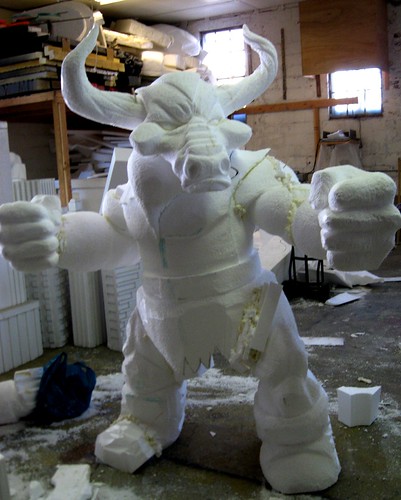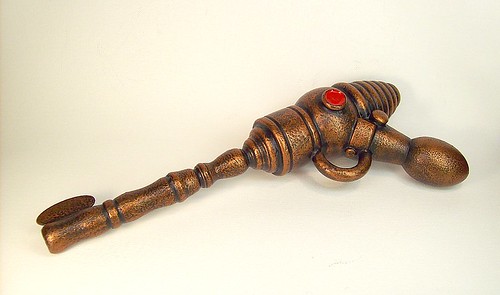What does it mean to do a project “at cost”? Simply put, when a client orders a project, you deliver it and charge only enough to compensate what you spent. It differs from a project where you add a markup to the costs or add a profit margin. So the price is the cost plus the markup plus the profit. Sometimes you might not mark up the costs, and other times you do not add in a profit, but in either case, you are charging more than what you spent.
The confusion comes from the “costs”. There’s the cash you spend – materials, shipping, gas money to drive to the store, overhead and maintenance of your shop – and then there is your labor cost. Some may argue that you should not charge for your labor when you are doing a project “at cost”. This is not only erroneous, but it is damaging to our industry, as I shall explain in a bit.
I’ve even heard the suggestion that the cost of your labor should be considered “profit.” This is absolutely absurd! If you get overwhelmed with other jobs and have to hire someone to do the project, you do not get to keep that money; it becomes a labor cost. When a company sends out it’s weekly payroll checks, it does not get that cash back, nor can it count it as profit. Why then should you count your own labor as profit?
The cost of labor is already factored into all the materials and tools you use. The cost of a gallon of silicone rubber includes the cost of the scientists who invented it, the people who manufactured it, the people who packaged it, the drivers who transported it, and the salespeople who sold it. You can’t count any of their labor as a profit; it’s all part of the cost. Why would your labor not also be a cost?
If you make something “at cost” you include the price of your labor. If you don’t know how much that is, you should charge the same amount for your labor as it would take to hire someone else to do that work. You can charge an hourly, daily, or weekly rate, or just set a flat fee for the project as a whole. If you are trying to control the costs of the project, you certainly have some leeway in how much you charge for your labor, but you should never charge too little for it; if your price is still too high for a client and you are trying to do them a favor, you can always add a “discount” to your final price, so you maintain the integrity of your own labor costs.
Prop masters and artisans with experience know that labor is often the most expensive part of a prop. A foam sculpture may only use about $15 in materials, but it can take fifty hours to complete. Even at a very modest $15 an hour, that is still $750 in labor.
Imagine than, a market where some prop makers are saying $15 is “at cost” while others are saying $765 is “at cost”. That kind of disparity drives down the price of props and devalues the labor which goes into it. It is very skilled labor as well, the kind that is frequently at a shortage, even in a large market like New York City. It takes a lot of training, skill and practice to be able to make props. Clients who want the “costs” of a project kept to a minimum will point to the $15 examples, thinking that the $765 estimate is somehow inflating the price or using more expensive materials. Even if you are just an amateur prop maker, your pricing can have ripple effects throughout the industry.
If you want to charge someone just for the materials you use and throw your labor in for free (because it is for a friend, or because you really love the work and would never get paid for it otherwise), that is certainly your right. Everyone does it at some point. But make sure you are saying you are only charging “for materials”, not that you are doing the project “at cost”. It’s a world of difference.




